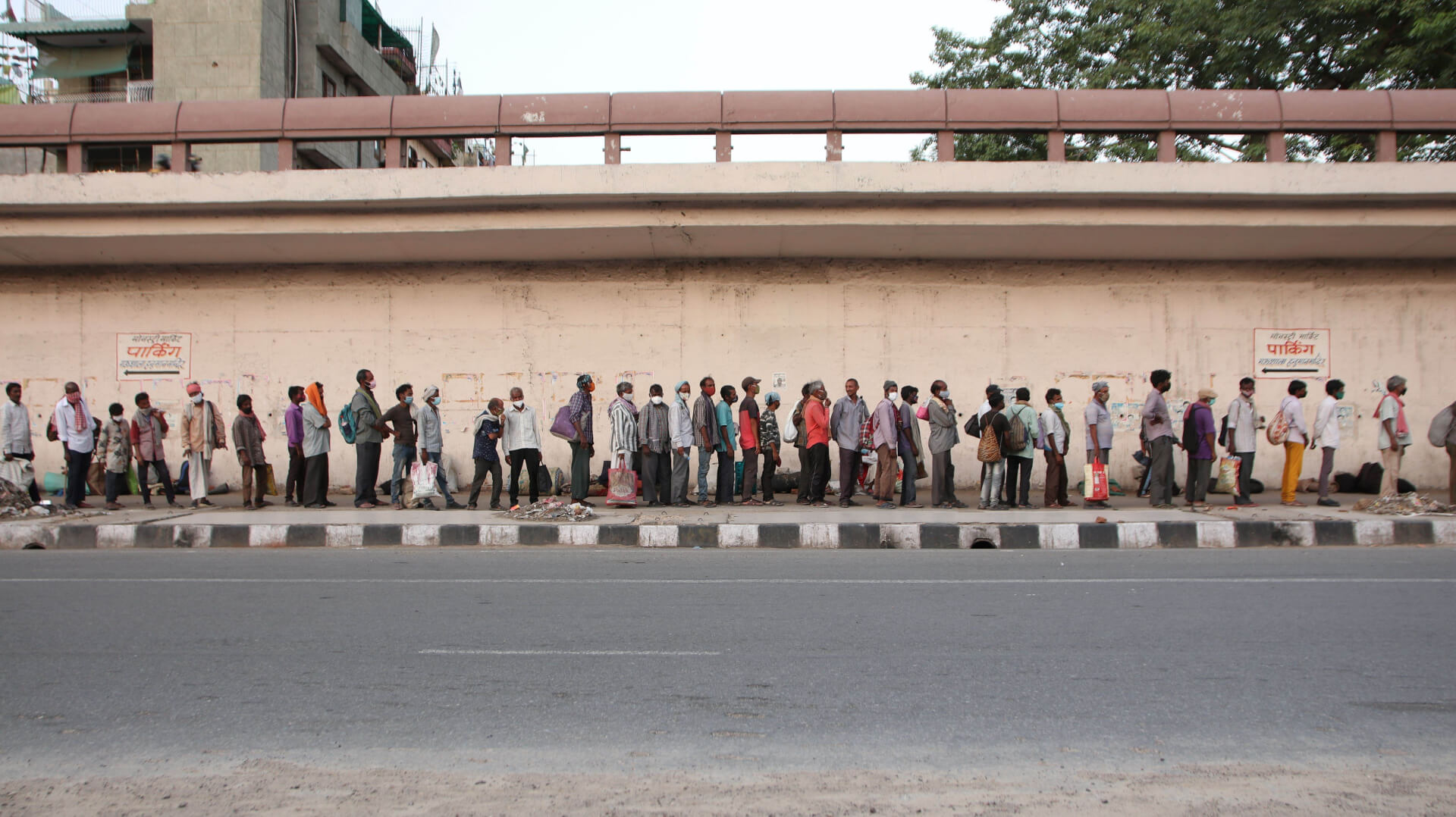In the recently released Human Development Report (HDR) by the UN Development Programme (UNDP), India has ranked 134 out of 193 countries. The country's rank is lower than that of neighbouring nations such as Bangladesh (129), Bhutan (125), China (75), and Sri Lanka (78), but higher than that of Nepal (146) and Pakistan (164).
India’s Ranking
In the 2023-24 HDR titled “Breaking the Gridlock: Reimagining Cooperation in a Polarized World,” India improved across all Human Development Index (HDI) indicators, including life expectancy, education, and gross national income (GNI) per capita. The ranking in 2022 is an improvement from 2021 when India ranked 135 out of 191 countries.
The expected years of schooling climbed to 6.57, and the mean years of schooling increased to 6.5. Meanwhile, life expectancy went from 67.2 to 67.7 years, and GNI per capita increased from $6,542 to $6,951, a jump of 6.3 per cent in a year. Overall, India has been placed in the ‘Medium Human Development’ category.
India has moved up a rank on the global Human Development Index (#HDI), according to the United Nations Development Programme (#UNDP) report ‘Breaking the gridlock: Reimagining cooperation in a polarised world’ released on March 13.https://t.co/NCgP6agC6d
— The Hindu (@the_hindu) March 15, 2024
UNDP’s India representative Caitlin Wiesen appreciated India’s progress in human development over the years. Wiesen mentioned that since 1990, life expectancy at birth has risen by 9.1 years, expected years of schooling increased by 4.6 years, mean years of schooling by 3.8 years, and its GNI grew by around 287 per cent.
Gender Inequality
The report hailed India’s progress in “reducing gender inequality.” India’s Gender Inequality Index (GII) of 0.437 is better than the global average of 0.462 and the South Asian average of 0.478. In the GII, India is ranked 108 out of 166, up from 122 out of 191 countries.
Furthermore, India excels compared to other South Asian nations in reproductive health, with the adolescent birth rate dropping from 17.1 in 2021 to 16.3 in 2022. However, India also exhibits significant gender disparities in labour force participation rates, with women's participation at 28.3% and men's at 76.1%, a gap of 47.8 percentage points.
The Report
The report ranks Switzerland at the top spot, while Somalia is ranked last. It highlights a rise in global inequality, mentioning that the gap between the richest and poorest countries has started to widen from 2020, attributing this rise to economic concentration.
It mentions that only half of the least developed countries have recovered from the COVID-19 pandemic, despite the fact that all 38 OECD (Organisation for Economic Co-operation and Development) nations have. The main obstacles to today's global development, according to the research, are militarisation, "mismanaged globalisation," and growing populism.

